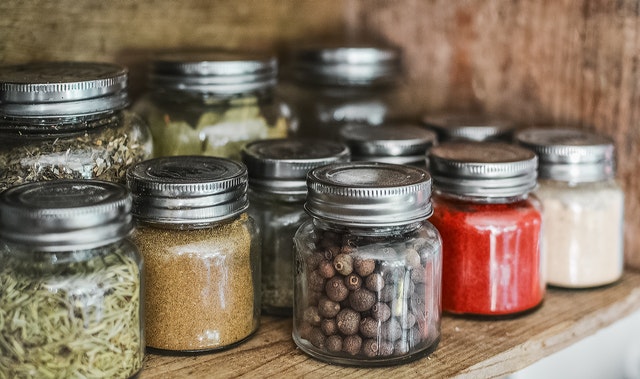
For a long time, most people have been uninformed about the nutritional value of the foods they intake. Even fewer people know their relationship with the lifestyle diseases that have become popular. As people’s lives have gotten busier and food companies increased to deal with the demand, so have lifestyle diseases.
Learning your ingredients
You may have learned what foods are suitable for a healthy life and which ones aren’t, but not many know that it’s equally crucial to check the nutritional values of the ingredients used in essential items like salt.
Research has shown that taking excessive salt is one of the leading causes of high blood pressure, hypertension, and heart disease. It contains potassium and sodium (the latter causes an imbalance in blood pressure when you exceed the maximum dietary recommendation). Different salts have different sodium to potassium content ratios. The human body requires more potassium than sodium, so it is vital to look for the minimum content of each salt before you decide which type to purchase.
What to look out for when buying salt
On average, experts recommend you to take 4700mg of potassium in a day, a target that most people don’t achieve. On the other hand, you only need 1500mg of sodium in a day and a maximum of 2300mg, equivalent to one teaspoon of common table salt. One teaspoon of salt is quite a small amount because most people consume high amounts of salt, resulting in excessive salt intake.
Sodium helps balance your body fluids and controls the normal functioning of muscles and nerves. But too much of it is dangerous. Most salt companies put an average of 40 to 60 percent sodium in their salts, which is very high for the human body, and have a potassium deficit. This imbalance puts you at risk of building up illnesses over time.
Effects of too much salt intake
If you have blood pressure issues, you are more at risk of your pressure shooting or even getting a heart attack. Excessive amounts of sodium could also slow down your performance by throwing essential electrolytes in your body out of place, which is why you may have noticed you feel sluggish after eating lots of salty foods. Table salt and sea salt contain the highest percentages of sodium, making them the most hazardous, but people widely use them because they are cheap.
You may not notice the effects of taking too much salt right away, but it builds up over time, and you may begin having illnesses in your later years when your organs get slower. It is challenging to eliminate salts from your diet, so you should substitute your regular table salt with balanced salts like Boulder Salt, the best salt substitute for high blood pressure.
How to balance your nutrient intake
An effective way of reducing the risk of blood pressure issues is to increase your daily potassium intake and reduce sodium intake. The best foods to help with these are fruits and vegetables. Doctors and nutrition experts highly recommend them due to their high potassium content and low sodium levels.
You may choose to only use natural spices on your foods like ginger, garlic, herbs, and lemon or lime juice, or use the salts that are just a mixture of different spices with zero salt content. If you can’t cut out the salts from your diet, sodium-free substitutes are available, such as potassium iodide and potassium chloride. There are also lite or half salts with 50 percent less sodium than regular salts.
While you may reduce the amount of salt you put in your food, it is essential to note that most of your salt intake comes from the packaged foods you buy from shops. Minimizing the consumption of packaged foods like chips and baked items would be more beneficial in the long run.
It is possible to lead a healthy life and avoid most lifestyle diseases if you decide to take charge of your day-to-day dietary intake. It is not an easy journey to take on, but you can achieve a disease-free long life if you take a step at a time and watch your nutrient intake.


